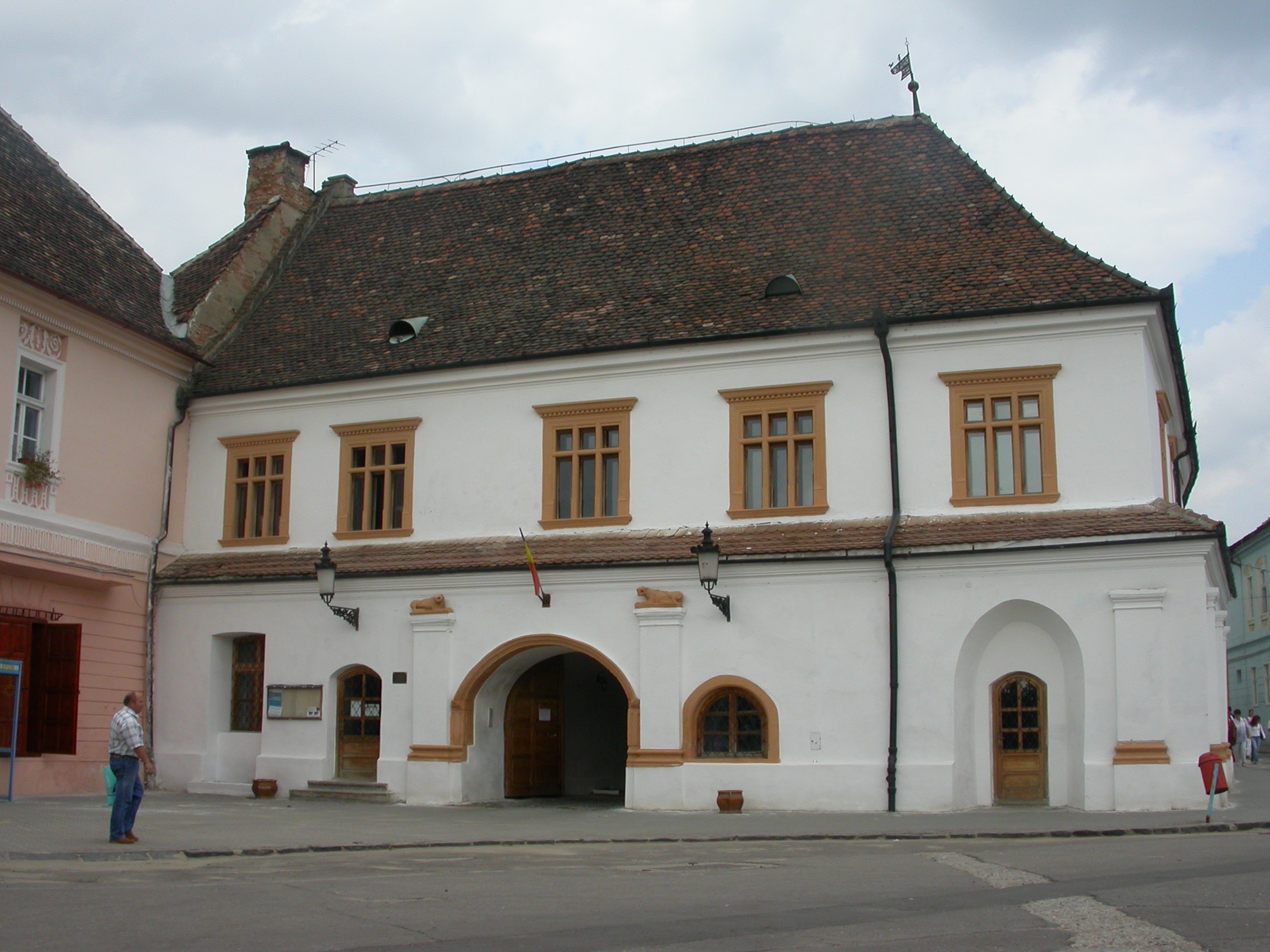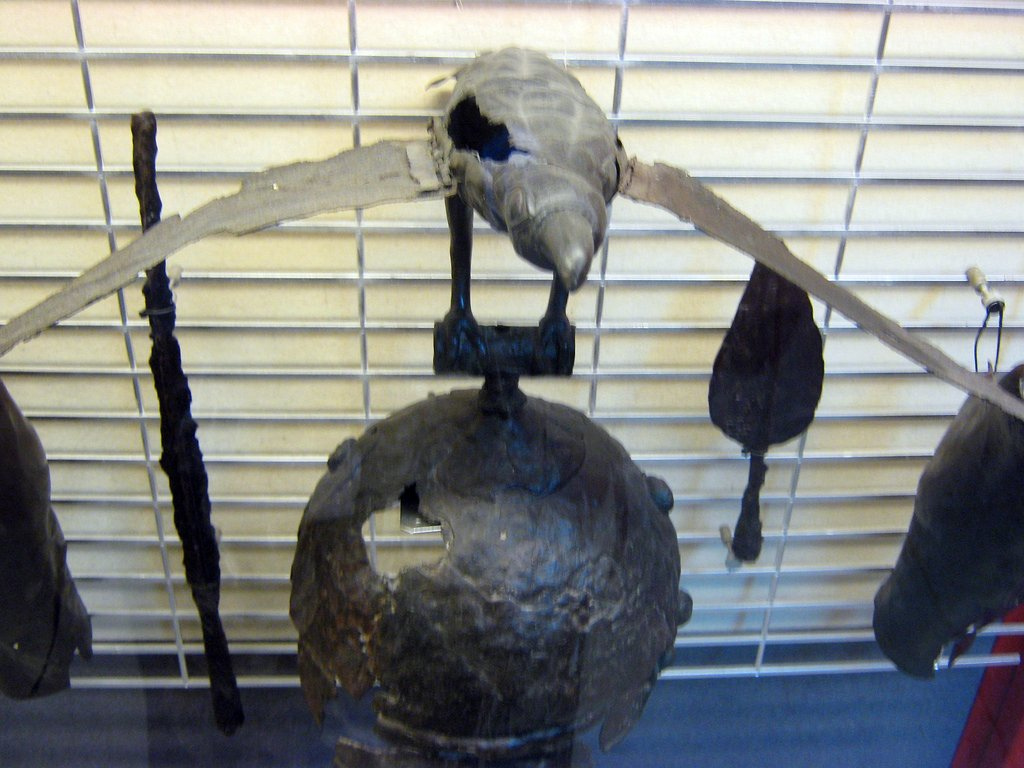|
Landsmannschaft Der Sathmarer Schwaben
The Satu Mare Swabians or Sathmar Swabians (German: Sathmarer Schwaben) are a German ethnic group in the Satu Mare (german: Sathmar) region of Romania.Monica Barcan, Adalbert Millitz, ''The German Nationality in Romania'' (1978), page 42: "The Satu Mare Swabians are true Swabians, meaning that their place of origin is solely Württemberg (today part of Baden-Württemberg, Germany). They were colonized between 1712 and 1815. Their most important settlements are Satu Mare (german: Sathmar) and Petrești (german: Petrifeld) in northwestern Romania." They are one of the few Danube Swabian (german: Donau Schwaben) subgroups that are actually Swabian, and their dialect, Sathmar Swabian, is similar to the other varieties of the Swabian German dialect. Most were originally farmers in Upper Swabia who migrated to Partium (at the time Hungary, now Romania) in the 18th century, as part of a widespread eastward movement of German workers and settlers. Their principal settlements were ... [...More Info...] [...Related Items...] OR: [Wikipedia] [Google] [Baidu] |
Urziceni, Satu Mare
Urziceni ( hu, Csanálos, Hungarian pronunciation: ; german: Schinal or ) is a commune in Satu Mare County, Romania, right on the Hungarian border. It is composed of two villages, Urziceni and Urziceni-Pădure (''Csanáloserdő''). Geography The commune is located in the western part of the county, at a distance of from Carei and from the county seat, Satu Mare. The Urziceni Forest (''Pădurea Urziceni'') is a nature reserve located on the territory of the commune. Demographics The population was 1,509 in 2002; 68.1% of inhabitants were Hungarian, 22.5% were German, and 9.3% were ethnic Romanian. 86.8% were Roman Catholic, 5.6% were Greek-Catholic, 4.2% were Romanian Orthodox and 3.0% were Reformed. History Historically, the commune was mainly inhabited by Roman Catholic German ethnics (''Donauschwaben'' or Danube Swabians) who were brought in by the Hungarian ruler of the land, count Alexander Károlyi, to populate the area that had been deserted as a result of a series of ... [...More Info...] [...Related Items...] OR: [Wikipedia] [Google] [Baidu] |
Maramureș
Maramureș or Marmaroshchyna ( ro, Maramureș ; uk, Мармарощина, Marmaroshchyna; hu, Máramaros) is a geographical, historical and cultural region in northern Romania and western Ukraine. It is situated in the northeastern Carpathian Mountains, Carpathians, along parts of the upper Tisza River drainage basin; it covers the Maramureș Depression and the surrounding Carpathian mountains. Alternatively, the term ''Maramureș'' is also used for the Maramureș County of Romania, which contains the southern section of the historical region. Name in other languages Alternative names for Maramureș include uk, Мармарощина (''Marmaroshchyna''), rue, Мараморош (''Maramoroš''), russian: Мармарош (''Marmarosh''), hu, Máramaros, german: Maramuresch or Marmarosch and la, Marmatia. Geography Maramureș is a valley enclosed by mountains Oaș, Gutâi, Țibleș and Rodnei (northern section of the Inner Eastern Carpathians) to the west and south ... [...More Info...] [...Related Items...] OR: [Wikipedia] [Google] [Baidu] |
History Of Transylvania (1683–1848)
Transylvania is a historical region in central and northwestern Romania. It was under the rule of the Agathyrsi, part of the Dacian Kingdom (168 BC–106 AD), Roman Dacia (106–271), the Goths, the Hunnic Empire (4th–5th centuries), the Kingdom of the Gepids (5th–6th centuries), the Avar Khaganate (6th–9th centuries), the Slavs, and the 9th century First Bulgarian Empire. During the late 9th century, Transylvania was reached and conquered by the Hungarian conquerors, and Gyula's family from seven chieftains of the Hungarians ruled Transylvania in the 10th century. King Stephen I of Hungary asserted his claim to rule all lands dominated by Hungarian lords, and he personally led his army against his maternal uncle Gyula III. Transylvania became part of the Kingdom of Hungary in 1002, and it belonged to the Lands of the Hungarian Crown until 1920. After the Battle of Mohács in 1526 it belonged to the Eastern Hungarian Kingdom, from which the Principality of Transylvan ... [...More Info...] [...Related Items...] OR: [Wikipedia] [Google] [Baidu] |
Democratic Forum Of Germans In Romania
The Democratic Forum of Germans in Romania (german: Demokratisches Forum der Deutschen in Rumänien, DFDR; ro, Forumul Democrat al Germanilor din România, FDGR; in short or ) is a political party (legally recognized as an association of public utility according to the governmental decision HG 599 as per 4 June 2008) organised on ethnic criterion representing the interests of the German minority in Romania. Initially, the FDGR/DFDR was a cultural association representing the culture of the German community in Romania, but it subsequently became a moderately successful local political party (especially amongst Romanian voters as well), most notably in parts of Transylvania (central Romania) and Banat (south-western Romania). Consequently, the counties where the FDGR/DFDR obtained the highest political scores in many local elections after 1989 are Sibiu and Timiș respectively. History (1989–present) The forum was founded at the end of 1989, in the wake of the Romanian Rev ... [...More Info...] [...Related Items...] OR: [Wikipedia] [Google] [Baidu] |
West Germany
West Germany is the colloquial term used to indicate the Federal Republic of Germany (FRG; german: Bundesrepublik Deutschland , BRD) between its formation on 23 May 1949 and the German reunification through the accession of East Germany on 3 October 1990. During the Cold War, the western portion of Germany and the associated territory of West Berlin were parts of the Western Bloc. West Germany was formed as a political entity during the Allied occupation of Germany after World War II, established from eleven states formed in the three Allied zones of occupation held by the United States, the United Kingdom, and France. The FRG's provisional capital was the city of Bonn, and the Cold War era country is retrospectively designated as the Bonn Republic. At the onset of the Cold War, Europe was divided between the Western and Eastern blocs. Germany was divided into the two countries. Initially, West Germany claimed an exclusive mandate for all of Germany, representing itself as t ... [...More Info...] [...Related Items...] OR: [Wikipedia] [Google] [Baidu] |
Flight And Expulsion Of Germans (1944–1950)
During later stages of World War II and post-war period from 1944 to 1950, Germans fled and were expelled to Germany, present-day Germany from Eastern Europe, which led to de-Germanization there. The idea to expel the Germans from the annexed territories was proposed by Winston Churchill, in conjunction with the Polish government-in-exile, Polish and Czechoslovak government-in-exile, Czechoslovak exile governments in London at least since 1942. In late 1944 the Czechoslovak exile government pressed the Allies to espouse the principle of German population transfers. On the other hand, Polish Polish government-in-exile#Prime ministers, prime minister Tomasz Arciszewski, in an interview for ''The Sunday Times'' on 17 December 1944, supported the annexation of Warmian-Masurian Voivodeship, Warmia-Masuria, Province of Upper Silesia, Opole Regency, north-east parts of Province of Lower Silesia, Lower Silesia (up to the Oder line), and parts of Province of Pomerania (1815–1945), Pome ... [...More Info...] [...Related Items...] OR: [Wikipedia] [Google] [Baidu] |
Second World War
World War II or the Second World War, often abbreviated as WWII or WW2, was a world war that lasted from 1939 to 1945. It involved the vast majority of the world's countries—including all of the great powers—forming two opposing military alliances: the Allies and the Axis powers. World War II was a total war that directly involved more than 100 million personnel from more than 30 countries. The major participants in the war threw their entire economic, industrial, and scientific capabilities behind the war effort, blurring the distinction between civilian and military resources. Aircraft played a major role in the conflict, enabling the strategic bombing of population centres and deploying the only two nuclear weapons ever used in war. World War II was by far the deadliest conflict in human history; it resulted in 70 to 85 million fatalities, mostly among civilians. Tens of millions died due to genocides (including the Holocaust), starvation, ma ... [...More Info...] [...Related Items...] OR: [Wikipedia] [Google] [Baidu] |
Ardud
Ardud ( hu, Erdőd, Hungarian pronunciation: ; german: Erdeed) is a town situated in Satu Mare County, Transylvania, Romania. It administers five villages: Ardud-Vii (), Baba Novac (), Gerăușa (), Mădăras () and Sărătura (). History It has a complex history, having in different periods been part the Kingdom of Hungary, Ottoman Empire, Habsburg monarchy and the Kingdom of Romania. In 1920 the town became part of Romania, under the Treaty of Trianon that concluded World War I. As a result of the Second Vienna Award it became a part of Hungary between 1940 and 1945. Since then it has been part of Romania. Demographics The 2011 census recorded a total population of 5,889. Of these, 59.2% were Romanians, 18.6% Hungarians, 16.1% Roma and 4.8% Germans. In 2002, 41.7% were Romanian Orthodox, 32.7% Roman Catholic, 13.9% Greek-Catholic, 5.1% Pentecostal, 4.2% Reformed and 2.3% Baptist. [...More Info...] [...Related Items...] OR: [Wikipedia] [Google] [Baidu] |
Ciumești
Ciumești ( hu, Csomaköz, Hungarian pronunciation: ) is a commune located in Satu Mare County, Romania. The commune is located in the western part of the county, at a distance of west of Carei and from the county seat, Satu Mare. Composition The commune is composed of three villages that were separated from Sanislău in 2004: History Bronze and Iron Age Human settlements dating from the Bronze Age have been found in the area, and during the 1960s, 35 Celtic graves were discovered, including the Helmet of Ciumești. Modern times Before the in 1920, the villages belonged to |





